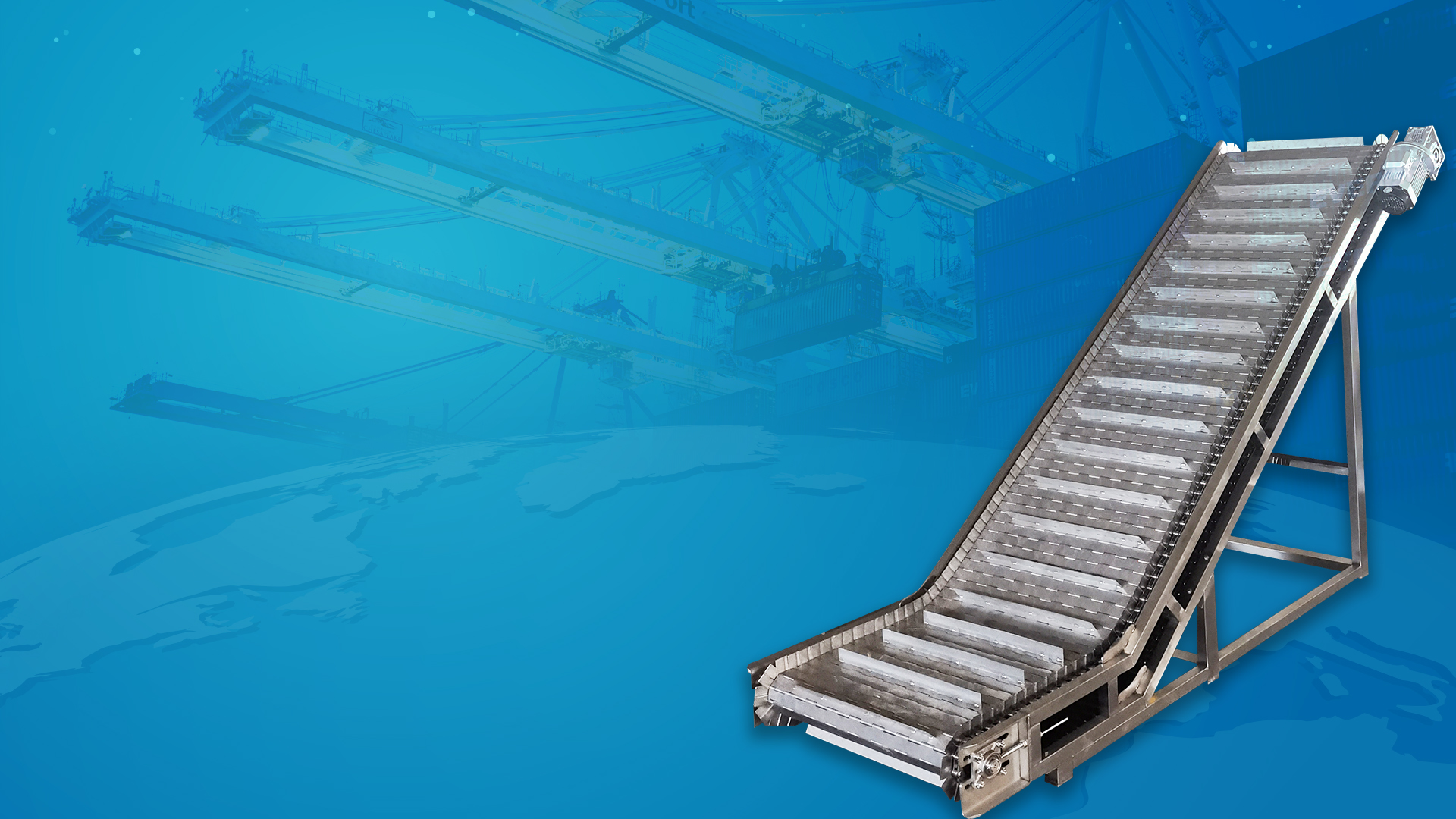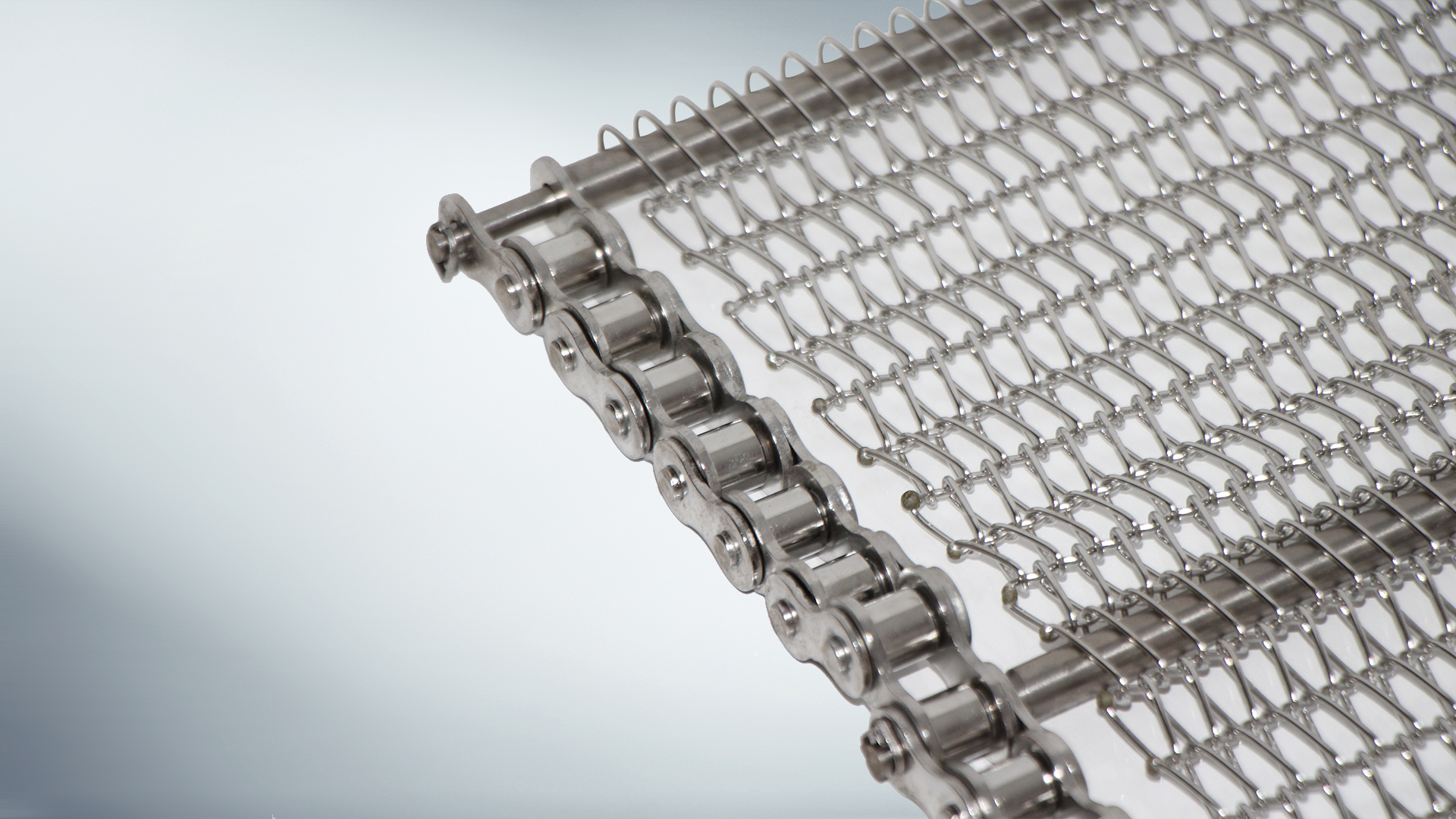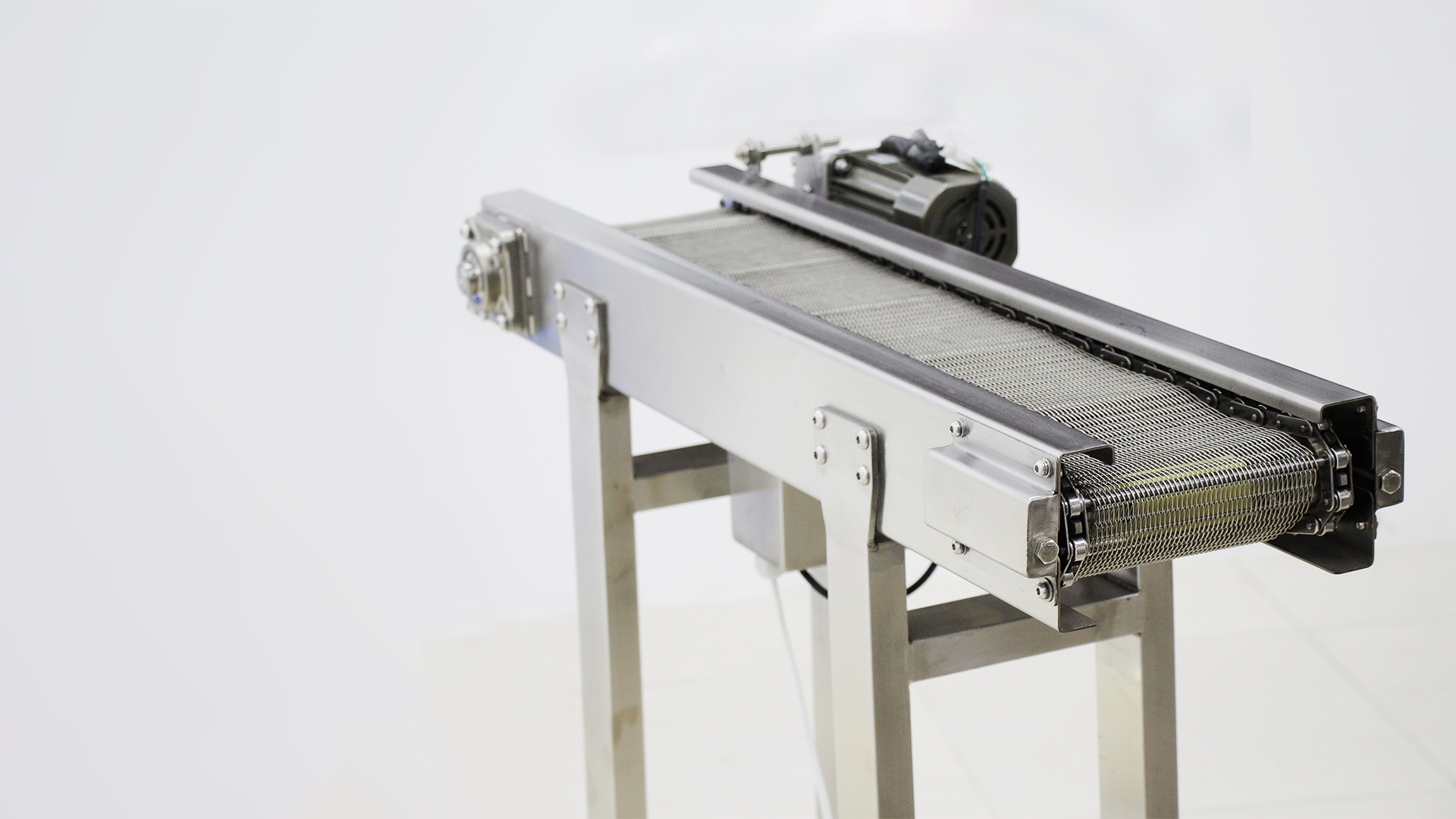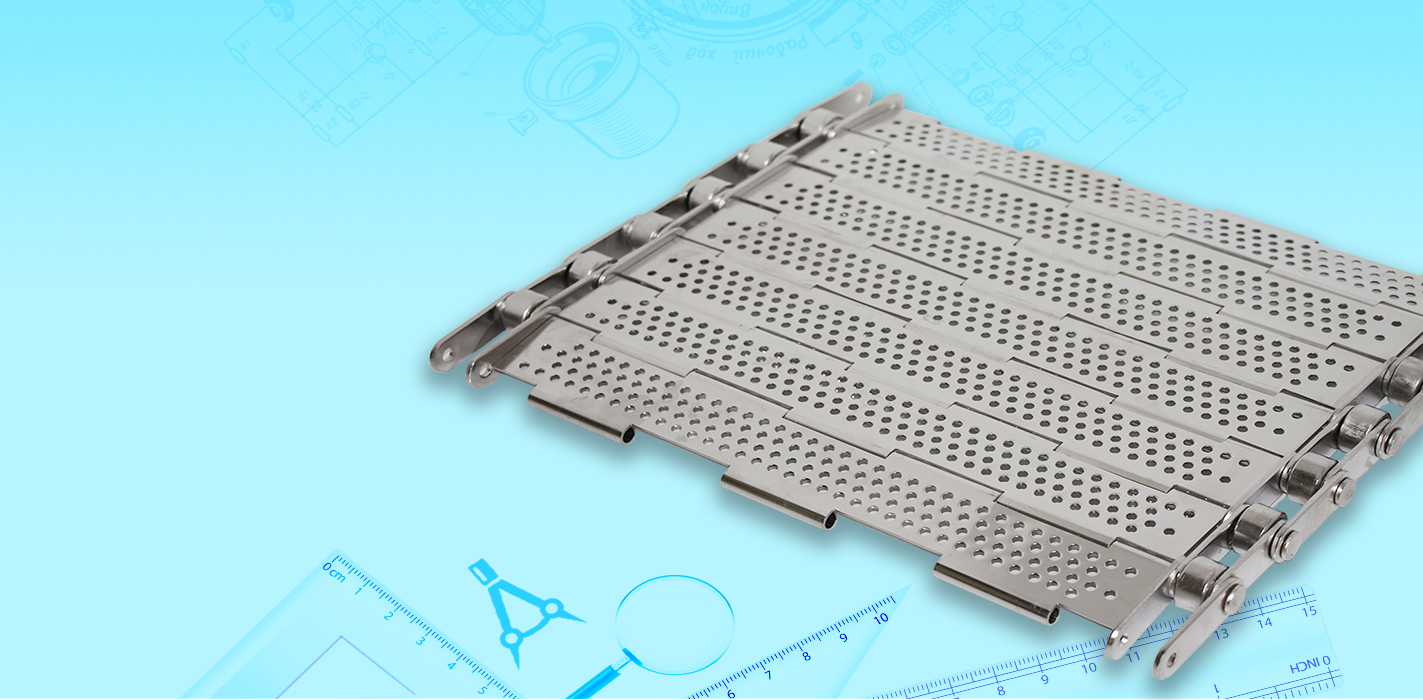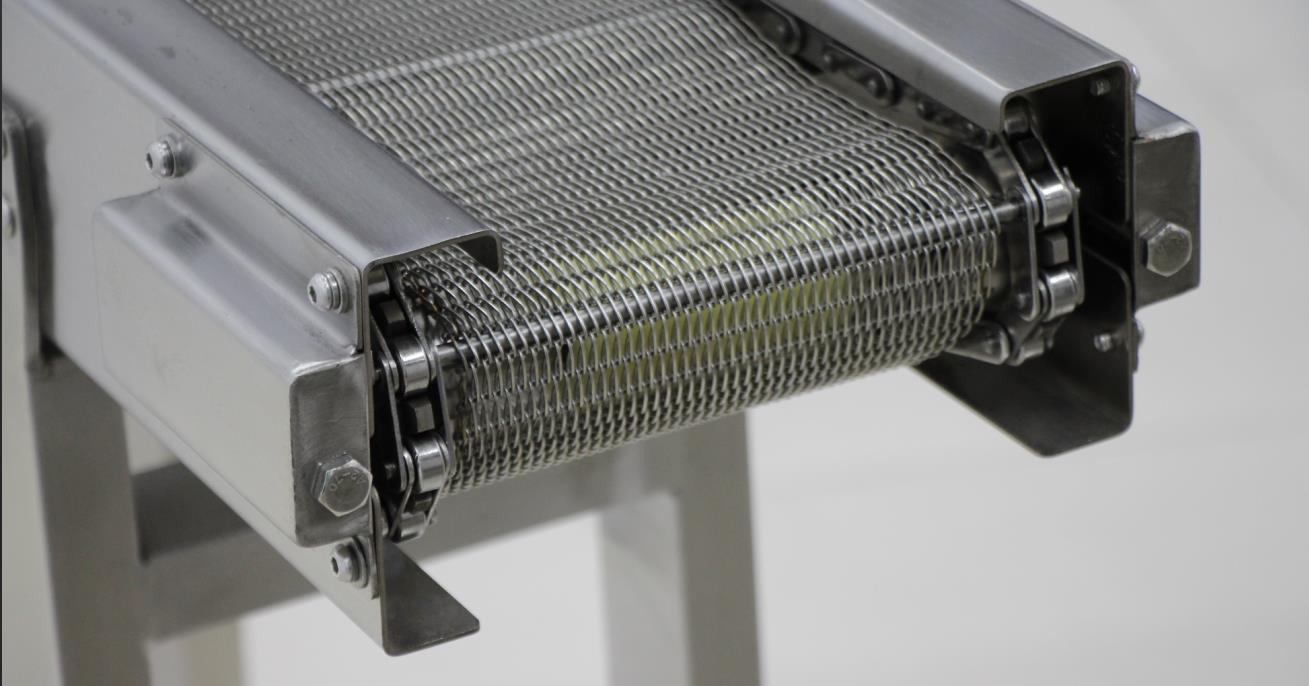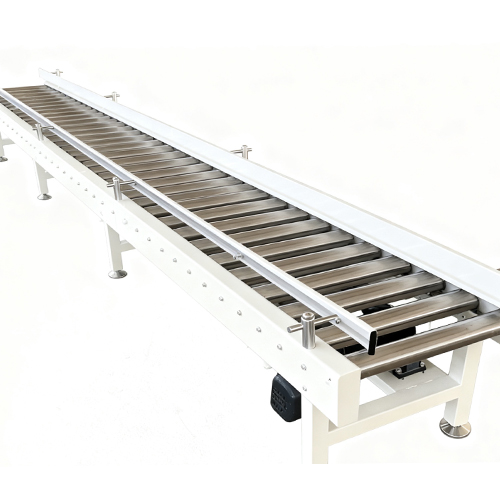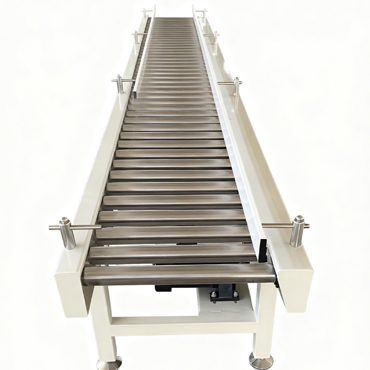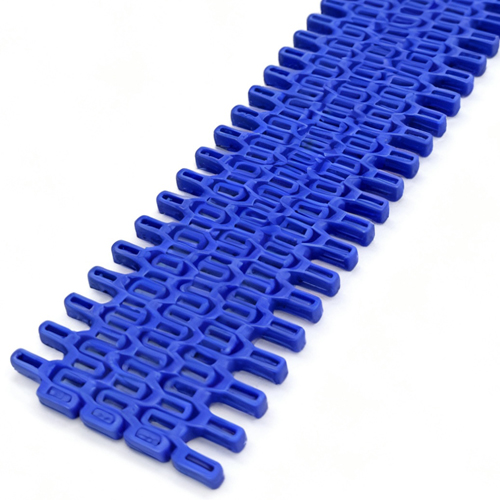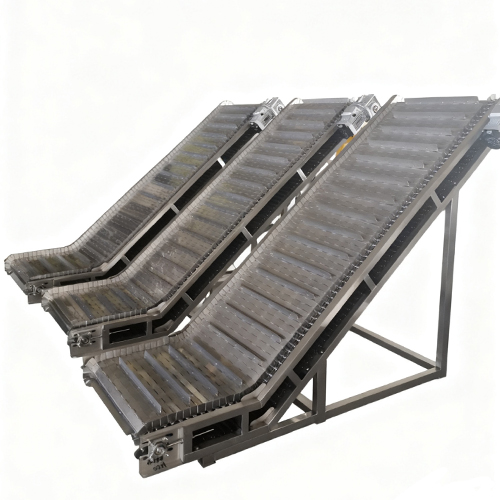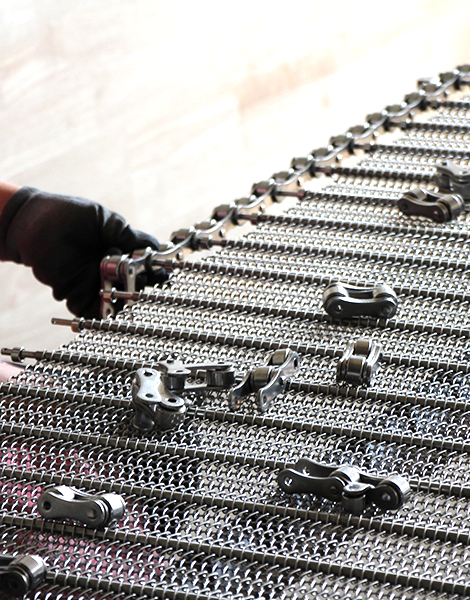Heavy-duty chain plate conveyors have several advantages over other types of conveyors.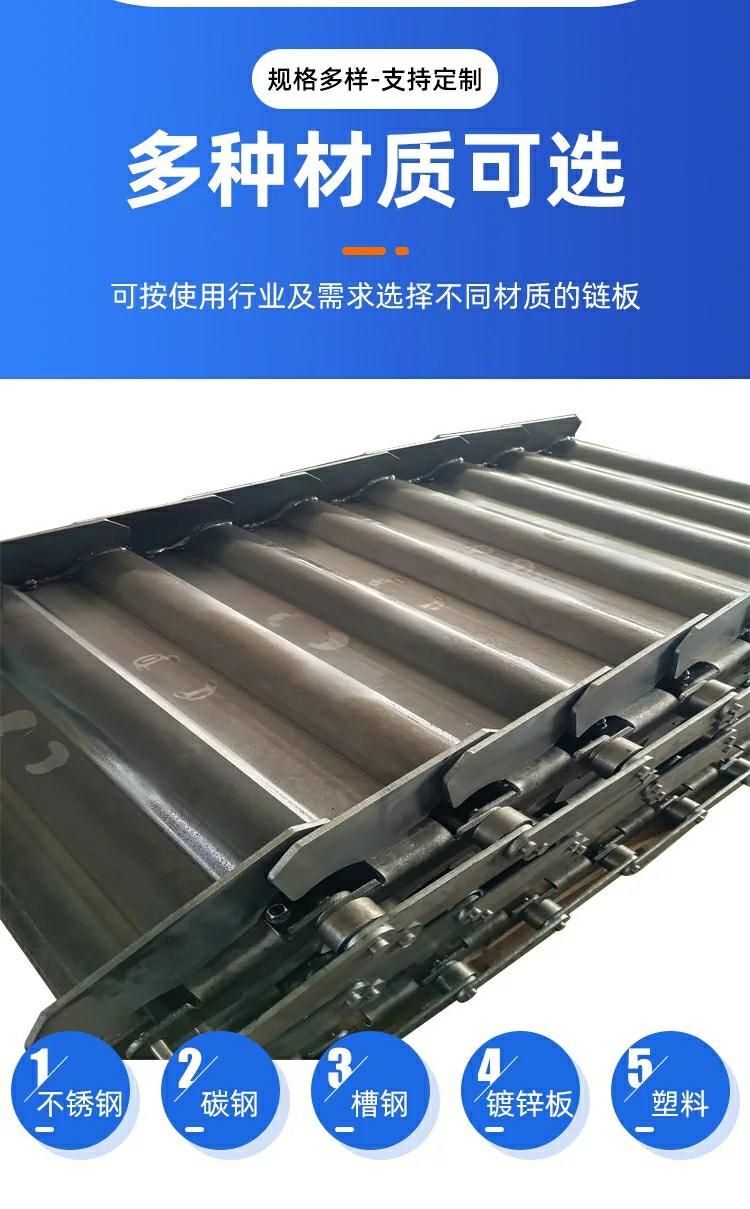
Their unique chain plate structure enables them to handle significantly heavier loads than standard conveyors, making them ideal for conveying capacity. They efficiently complete material transport tasks in large-scale material handling scenarios, such as mines and ports, and within production lines, meeting the demands of mass production.
The chain plates and chains of heavy-duty chain plate conveyors work together to ensure smooth operation with minimal vibration. This prevents goods from scattering or tilting during transport, ensuring safety and accuracy in material handling. In contrast, standard conveyors may jam or misalign when handling heavy or irregularly shaped goods, which compromises efficiency and quality.
In terms of adaptability, heavy-duty chain plate conveyors can be customized to meet diverse conveying requirements. Parameters such as plate width, length, and incline can be adjusted to accommodate complex work environments and routing. They can operate flexibly across horizontal, inclined, or vertical layouts. Other conveyor types may be limited in specific conditions and fail to meet varied conveying demands.
Regarding maintenance, heavy-duty chain plate conveyors have relatively simple structures. Key components, such as chains and plates, are easy to replace and repair. When malfunctions occur, swift repairs minimize downtime and enhance production efficiency. In contrast, conveyors with complex structures require significant time and effort for maintenance, causing substantial production disruptions.
In summary, heavy-duty chain plate conveyors stand out among other conveyor types due to their robust conveying capacity, stable operational performance, excellent adaptability, and easy maintenance. They have become essential equipment in material handling, providing reliable solutions.
What are the advantages of heavy-duty chain plate conveyors compared to other conveyors?
Keywords
:
none



